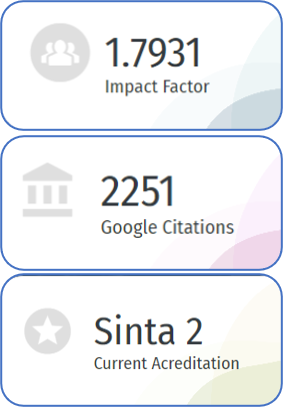Analysis of Bureaucratic Reform Through Delayering of Government Institutions in Indonesia
Abstract
The plan to simplify the bureaucratic structure by streamlining the echelon system is one of the strategies and breakthroughs of bureaucratic reform in Indonesia that was implemented in the first period (2010-2014) and the second period (2015-2019) of Bureaucratic Reform. However, on the other hand, a survey issued by the World Economic Forum shows that Indonesia is still experiencing some difficulties with implementing bureaucratic reforms and has not effectively used the delayering process in its implementation. The purpose of this study is to examine and analyze bureaucratic reforms through delayering of government institutions in Indonesia. This research uses a qualitative type of research with the method of literature review. Researchers have found 15 peer-reviewed journal articles within five years (2017-2021) that follow the research topic, which is then studied and analyzed to obtain comprehensive findings. The results showed that government agencies in Indonesia generally have undergone bureaucratic reforms but have not led to a specific delayering process. The Civil Service (ASN) Law passed in 2014 has also supported the spirit of administrative reform. This shows that delayering within government institutions in Indonesia can provide effective and efficient changes that occur within the governance management of government institutions in Indonesia.
Downloads

This work is licensed under a Creative Commons Attribution-NonCommercial-ShareAlike 4.0 International License.
Policy for Journals That Offer Open Access
Authors who publish with this journal agree to the following terms:
- Authors retain copyright and grant the journal right of first publication with the work simultaneously licensed under a Creative Commons Attribution-NonCommercial-ShareAlike 4.0 International License that allows others to share the work with an acknowledgement of the work's authorship and initial publication in this journal.
- Authors are able to enter into separate, additional contractual arrangements for the non-exclusive distribution of the journal's published version of the work (e.g., post it to an institutional repository or publish it in a book), with an acknowledgement of its initial publication in this journal.
- Authors are permitted and encouraged to post their work online (e.g., in institutional repositories or on their website) prior to and during the submission process, as it can lead to productive exchanges, as well as earlier and greater citation of published work (See The Effect of Open Access).























